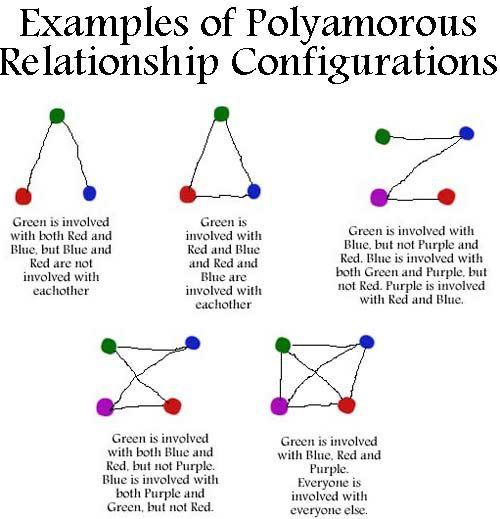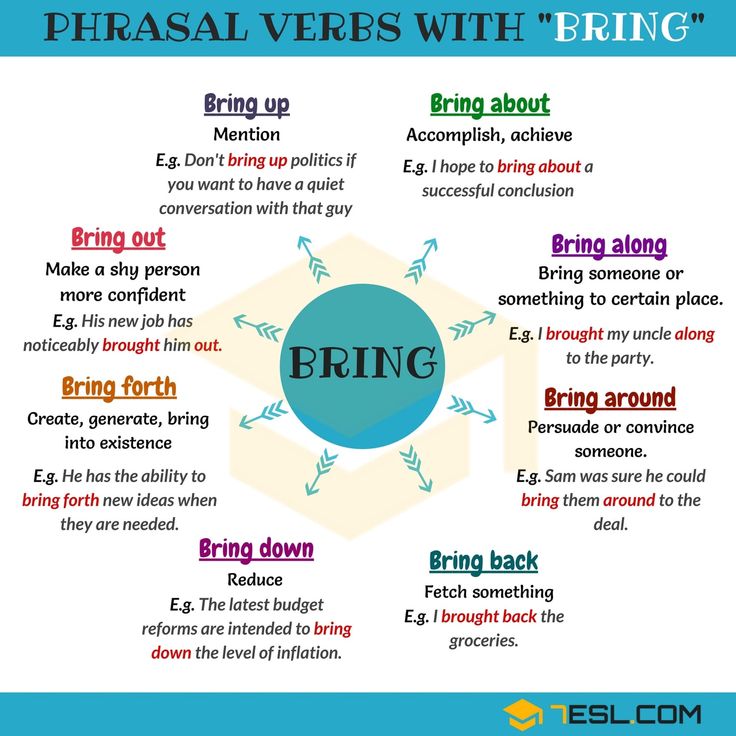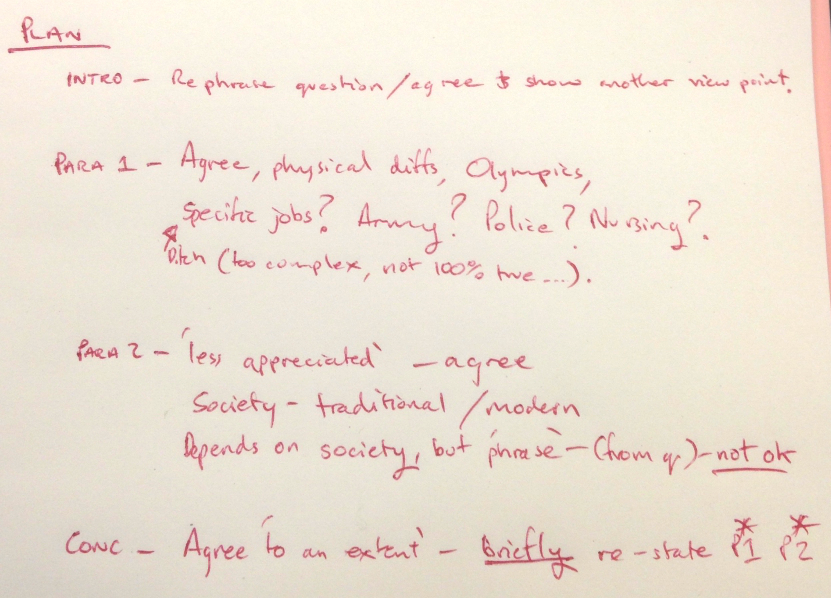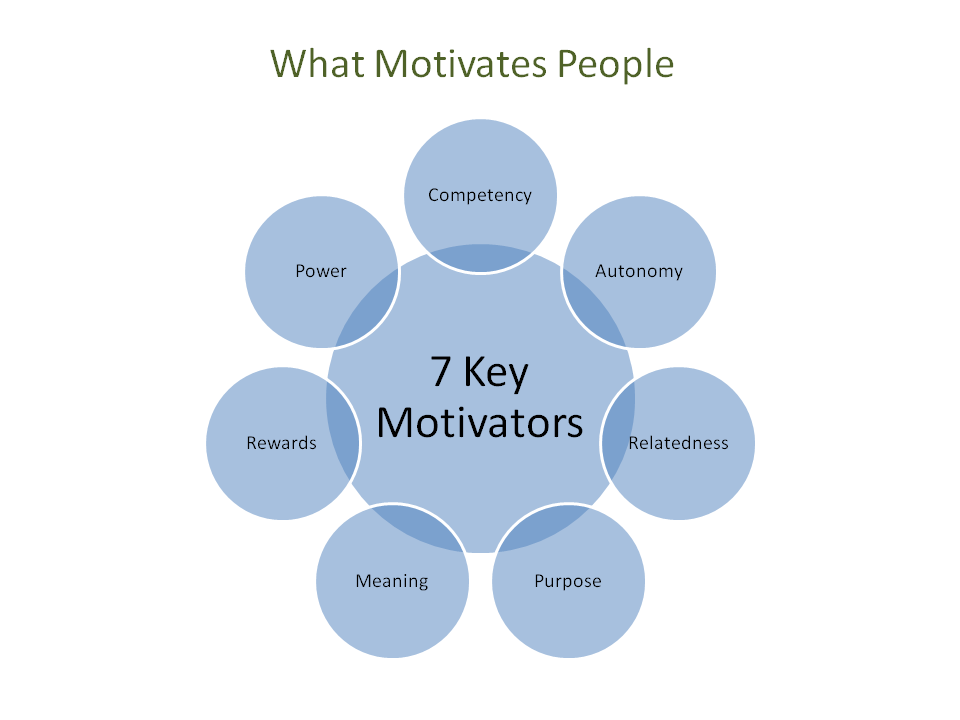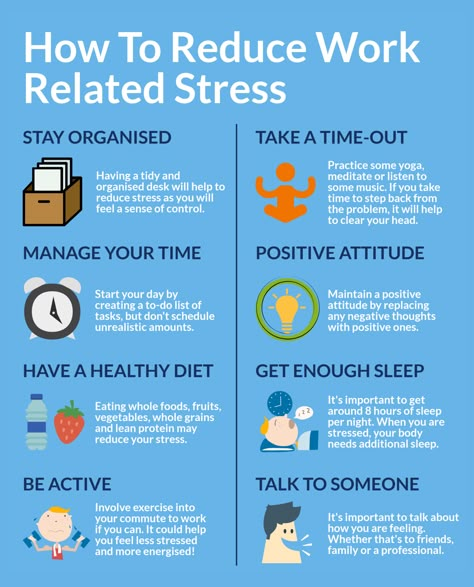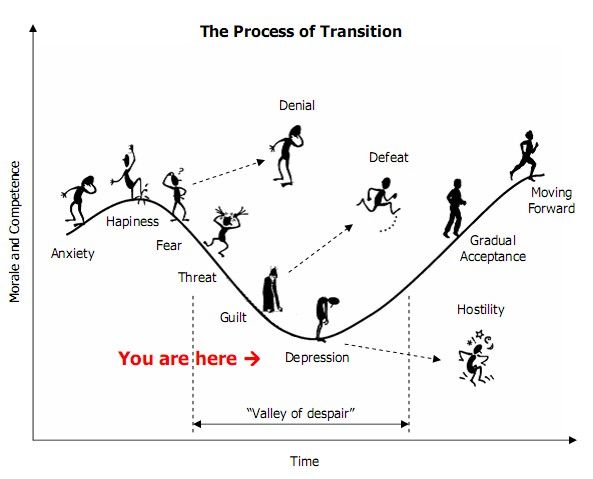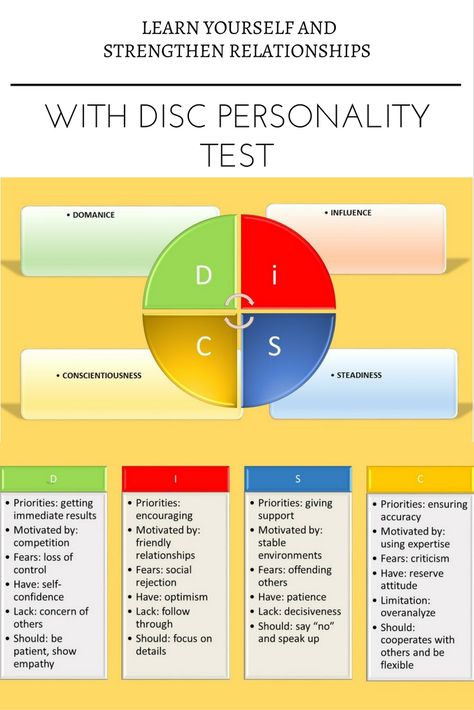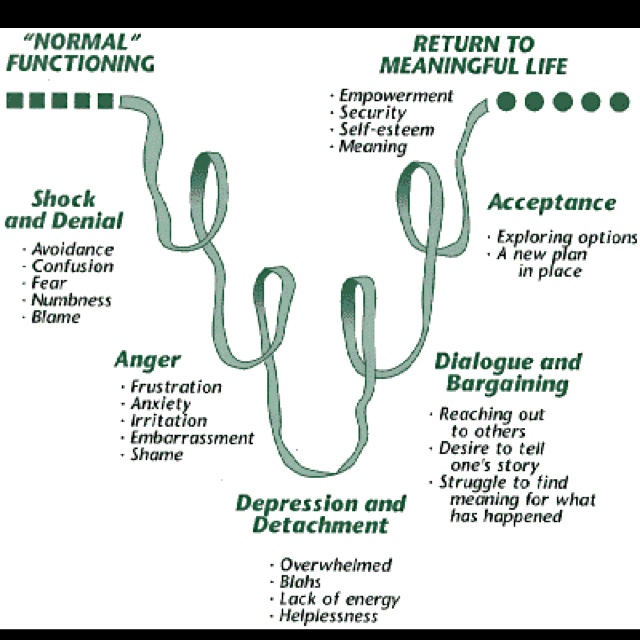Polyamory types of relationships
What is Polyamory? Your Guide to 9 Types of Poly Relationships
This post may contain affiliate links that we collect a share of sales from. Click here for more details.
Millennials are killing the napkin industry, the diamond industry, and the monogamy, uh, industry? While some believe polyamory is the end of monogamy, it isn’t. But, it is gaining in acceptance and visibility in the United States. And, perhaps, in popularity.
One of the most popular guides to non-monogamy, The Ethical Slut by Dossie Easton and Catherine A. Liszt, was republished in 2017 and has sold 200,000 copies. Pretty good numbers for a book that won’t make Oprah’s book club.
So, what is polyamory?
What Is Polyamory?
Polyamory is the practice of having sexual or romantic relationships with more than one partner, with the consent of everyone involved.
The term comes from the Greek “poly,” meaning multiple, and the Latin “amor,” meaning love. It may be shortened to “polyam” or “poly. ”
Polyamory is ethical and consensual non-monogamy, meaning that the relationships are not monogamous, but all partners consent to the situation. If you have multiple partners in a monogamous relationship but the partners don’t know about it, we have another technical term for that: cheating, from the Greek term for “being a jerk.”
“To me, polyamory means communication, trust, and a certain sense of freedom,” says Travis Rosemarie, a polyamorous theater artist. “Needs are met through multiple partners instead of piling it all on one person.” The theory essentially goes that you don’t expect your hairstylist to fix your car and give you an X-ray, so why expect your partner to meet your every romantic and sexual need?
It’s hard to get good numbers on how many people practice polyamory. But according to a 2014 blog from Psychology Today, at least 9.8 million people in the United States were in some kind of non-monogamous relationship at that time.
Types of Polyamorous Relationships
If you’re considering a poly relationship, you might be surprised to discover that there are nearly as many types of polyamorous relationships as there are people in polyamorous relationships.
Each type of polycule or connected network of people in polyamorous relationships has its own structures, connections, and boundaries.
Linden Curhart, Rosemarie’s fiancé and nesting (live-in) partner, explains that not everyone uses the same polyamory playbook.
“Some people may want to use specific terms and systems to define and manage their relationships to others,” he says, but “it’s not necessary for healthy attachments. It’s okay to just follow whatever feelings develop naturally.”
View this post on Instagram
A post shared by Polyamory Memes (@polyamfam)
1. Vee
A vee relationship involves one person who is dating two people who are not romantically or sexually involved with each other.
For example: Daphne is dating Friedrich and Simon, but Friedrich and Simon are not dating each other.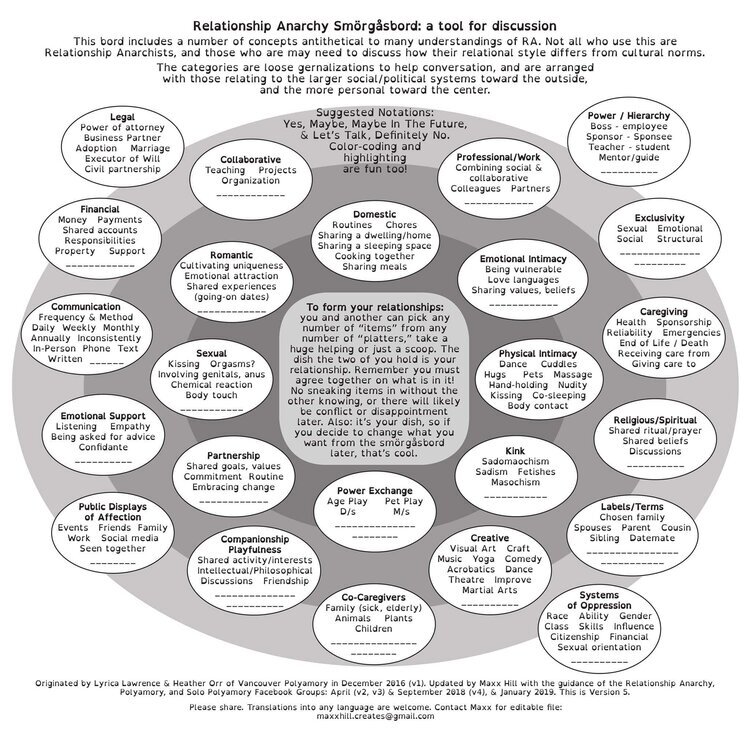 So if you drew a line from Friedrich to Daphne to Simon, it’d form a V shape.
So if you drew a line from Friedrich to Daphne to Simon, it’d form a V shape.
2. Triad
A triad, or throuple, is a relationship between three partners who are all romantically or sexually involved with each other.
If you drew a line between Daphne, Friedrich, and Simon, it’d be a triangle, since now they’re all connected. Where was this lesson in trigonometry? SOHCAHTOA can’t help you now.
3. Quad
A quad is a relationship between four partners who are romantically or sexually connected with each other. This could be two primary couples connecting or adding another partner to a triad.
4. Hierarchical Polyamory
A hierarchical polyamorous relationship places more importance on one relationship over other relationships in the polycule. A primary partner is often the person that they are married to, share finances with, or lives with. Primary partners will prioritize each other when making decisions and commitments.
5.
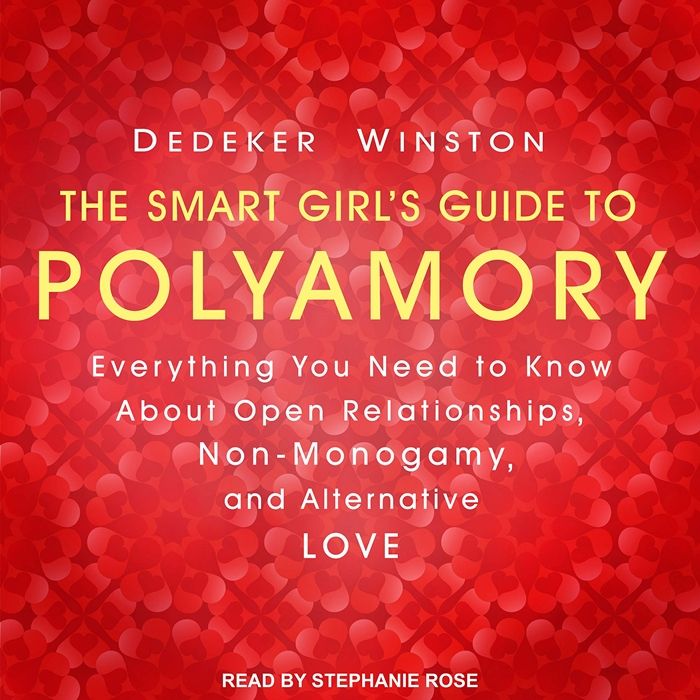 Non-hierarchical Polyamory
Non-hierarchical PolyamoryA hierarchical relationship does not prioritize any of the members of the relationship over the others. Each person’s relationship with each other will still be unique, but none are prioritized over the others. Everyone in the relationship works together to make big decisions.
6. Solo Polyamory
In solo polyamory, or sopo, you’re your own primary partner. A solo polyamorist prioritizes their own needs and isn’t obligated to their partners when making decisions.
They may want to be a free agent for life, or they may be prioritizing themselves during a time when it’s difficult to prioritize relationships, such as raising children or focusing on their career.
7. Kitchen Table Polyamory
Kitchen table polyamory focuses on the family vibes in the polycule. All members get together for family gatherings and provide communal support.
Everyone may not be sexually or romantically involved with each other, but they are all comfortable to hang out and support each other.
8. Parallel Polyamory
In contrast to kitchen table polyamory, parallel polyamory is when the members aren’t interested in being emotionally involved with other polycule members outside of their own partner(s).
9. Mono-poly Relationships
Mono-poly relationship are relationships in which one partner identifies as polyamorous and the other identifies as monogamous. The polyamorous partner is interested in other relationships outside of the primary partnership, but the monogamous person isn’t. The monogamous partner may just not be interested in other partners, have a mismatch in libido, or not have the time or energy for other partners.
- Author
- Recent Posts
Madison Higgins Hwang
Madison Higgins Hwang is a New Jersey-based freelance blogger, content marketing writer, and former Walt Disney World Cast Member. She has written for World Wildlife Fund's Good Nature Travel and TouringPlans.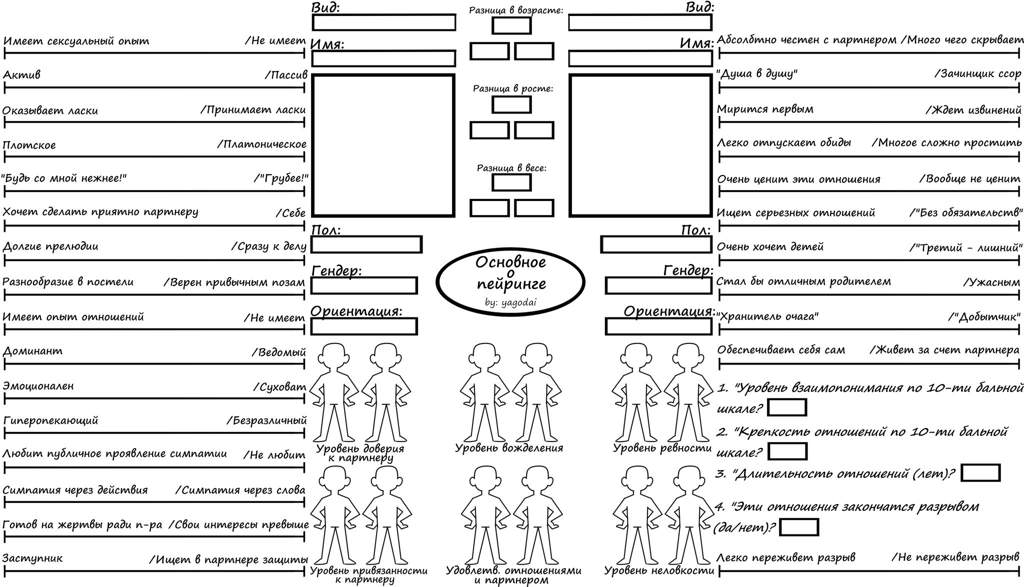 com.
com.
She enjoys getting starstruck meeting Disney characters, playing board games with too many rules, and taking long “naps” that would be better described as “sleeps.”
Latest posts by Madison Higgins Hwang (see all)
8 Great Ones to Know
Monogamous relationships are the most accepted relationship style in the United States and many parts of the world. Many people find the thought of polyamory repulsive or strange because the idea of a non-monogamous relationship isn't normal to them.
But there's nothing strange about polyamorous relationships when everyone has consented and is happy with their relationship or relationships. Polyamory is gaining popularity and acceptance in the United States.
But there's more to polyamory than simply having more than one partner. The dynamics are different for everyone who engages in all types of polyamorous relationships.
Polyamorous couples see their relationships as consensual non-monogamous relationships (cnm relationships).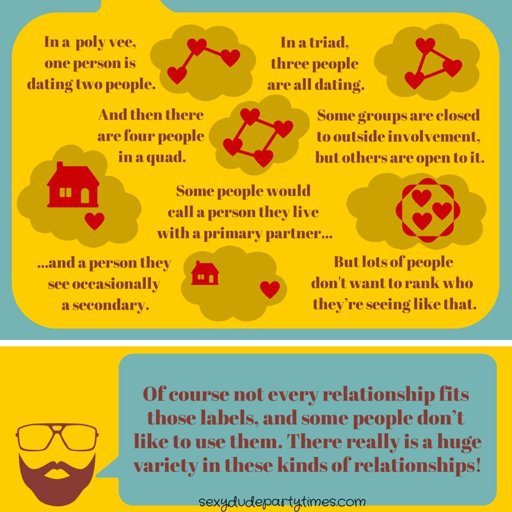 Cnm relationships mean that everyone involved is aware of the levels of relationships and has consented to be involved.
Cnm relationships mean that everyone involved is aware of the levels of relationships and has consented to be involved.
There's more to polyamory than having a simple open relationship, and there are several different types of relationships you can be involved in when in cnm relationships.
Polyamory V. Polygamy
Polyamory is not as prevalent in Western society as it is in other parts of the world. A lot of the backlash for polyamory comes from the vast majority of people thinking polyamory is the same as polygamy. In Western cultures, polygamy is not as widely accepted as in other parts of the world.
Therefore, when people think polygamy and polyamory are the same things, it's no wonder people aren't as accepting. While both terms start with "poly," meaning multiple, there are significant differences between the two.
Polygamy means that someone has multiple wives or spouses. Polyamory means that someone has numerous intimate relationships, but they're not necessarily married to every person they engage in an intimate relationship with.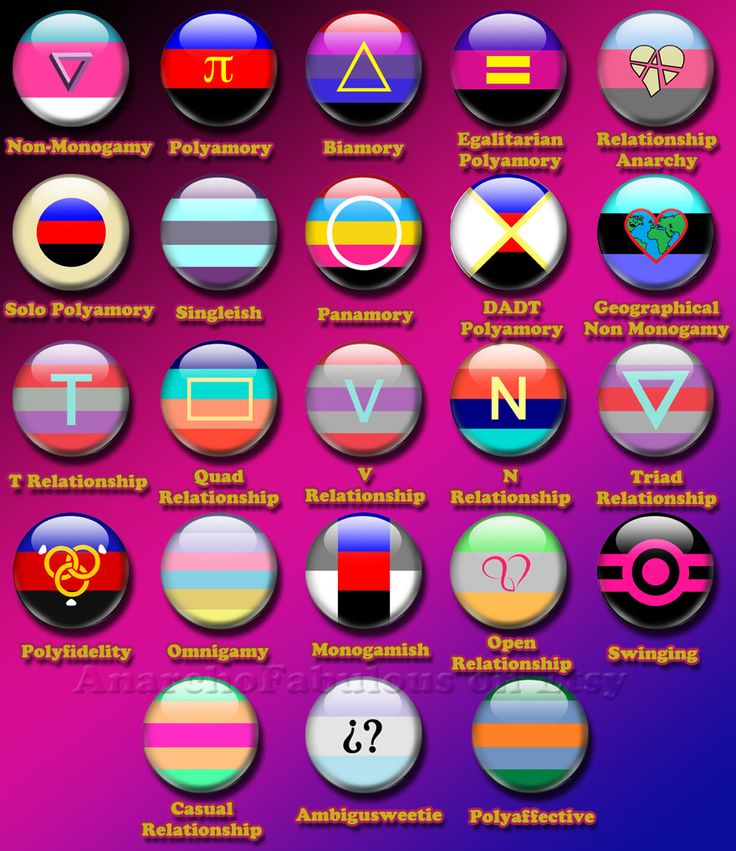 Here are two of the most significant differences between polygamy and polyamory.
Here are two of the most significant differences between polygamy and polyamory.
Gender
Gender is by far the most significant difference between polygamy and polyamory. When you look at a polyamorous relationship, people of any gender can have more than one partner. Not only can any gender have multiple partners, but their partners can be of any gender as well.
Polygamy is almost completely heterosexual traditionally. One person will have multiple spouses of the opposite gender. For example, one man will have multiple wives.
There are situations where a woman will have multiple partners, but that's known as polyandry, and it's very uncommon.
Religion
Polygamy is strongly associated with religion throughout the world and even in the United States, where having multiple spouses is illegal. Many religious groups practice polygamy around the world, and it's entirely normal for them.
While polygamy is illegal in the United States, there are religious groups that practice polygamy here. Polygamy is often associated with the Morman faith in the United States.
Polygamy is often associated with the Morman faith in the United States.
Polyamory is loosely associated with religion, but often it's not associated with a religion at all. Of course, this is different for everyone, and there may be some polyamorous relationships where religion has influence.
Typically the only polyamorous relationships that are associated with religion are polyamorous families who have children.
Different Types of Polyamorous Relationships
Whether you're interested in pursuing a polyamorous relationship or are just curious about the community, there's a lot of variety. Polyamory is called an umbrella term for other consensual non-monogamous relationships.
Learning about the different types of polyamorous relationships can lead you to understand the community better and maybe even show you what type you may want to participate in.
Mono-poly Relationships
Mono-poly relationships are a unique polyamorous relationship type.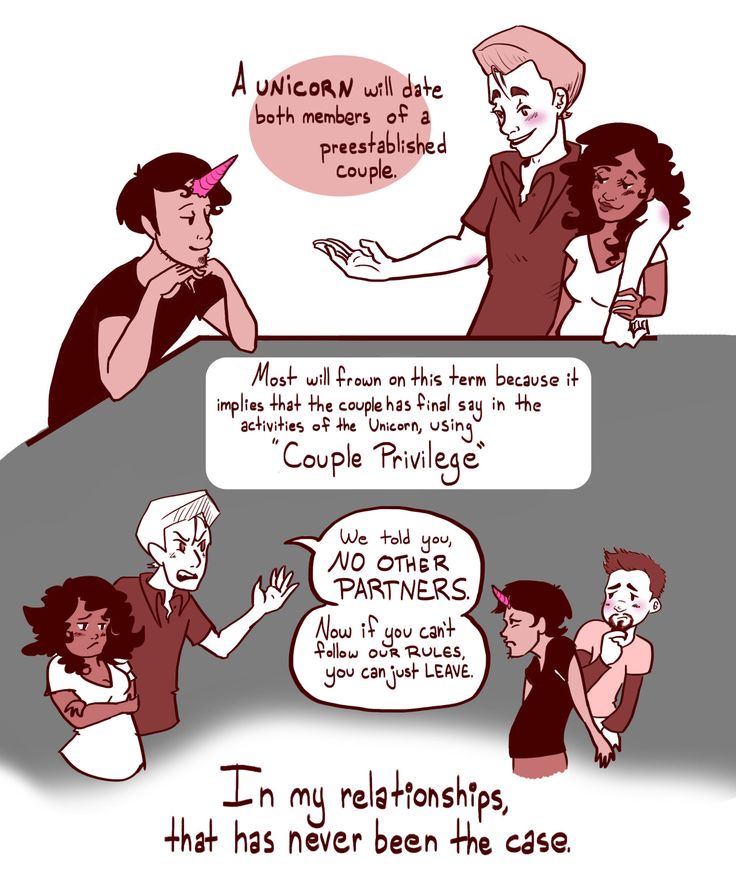 It's a little different because one person is monogamous, and the other identifies as polyamorous.
It's a little different because one person is monogamous, and the other identifies as polyamorous.
You may be wondering how this dynamic could possibly work, but people manage this type often. Pondering how this dynamic would work is natural when you haven't seen people polyamorous relationships or haven't learned about them.
Typically, the polyamorous person wants to pursue other relationships outside of the monogamous person. The monogamous partner is only interested in dating and being sexually involved with their polyamorous partner.
The reasons people find themselves in mono-poly relationships will vary based on the situation, but there are a few top reasons. People find themselves in mono-poly relationships because the partners have mismatched sexual desires or different relationship orientations.
Sometimes people stumble into a mono-poly relationship by accident. Two people meet, find each other attractive, begin seeing one another, and then learn about their relationship orientation.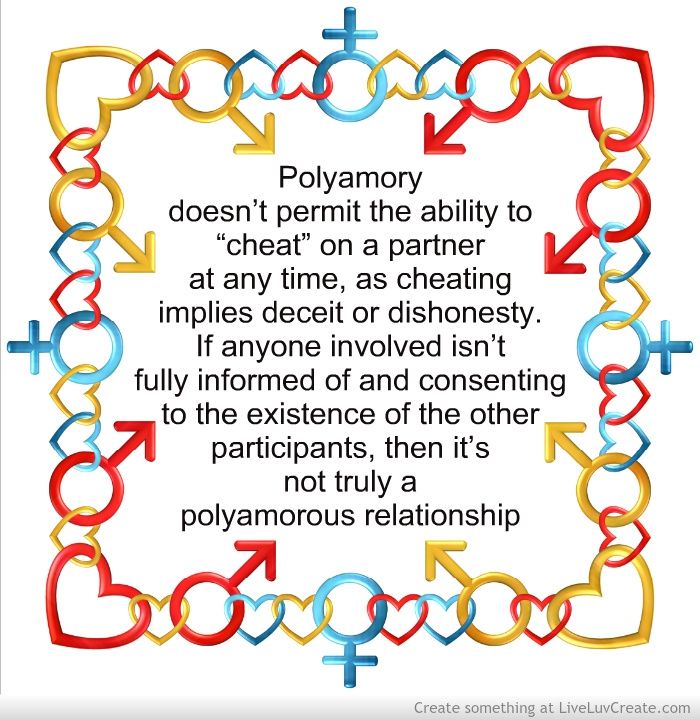 Some people aren't comfortable partnering with a polyamorous individual, but this is how many mono-poly relationships begin.
Some people aren't comfortable partnering with a polyamorous individual, but this is how many mono-poly relationships begin.
Another common way these relationships begin is later on in two people's relationships. Sometimes two people have been monogamous for a while, and one decides to tell their partner they want to pursue a polyamorous relationship.
When one partner discloses they're interested in polyamory and the other is not, they can either stay together or not. If they stay together and decide that one will be polyamorous, they'll enter a mono-poly relationship. These relationships are beneficial for those who have mismatched sexual desires and are comfortable with the situation.
Many times the sexual difference is as simple as a difference in libido. If one partner is not as concerned with the physical side of their relationship, but the other is, they may encourage their partner to find someone to fulfill their sexual needs.
Mono-poly relationships have worked well when an asexual individual is dating someone with a high libido.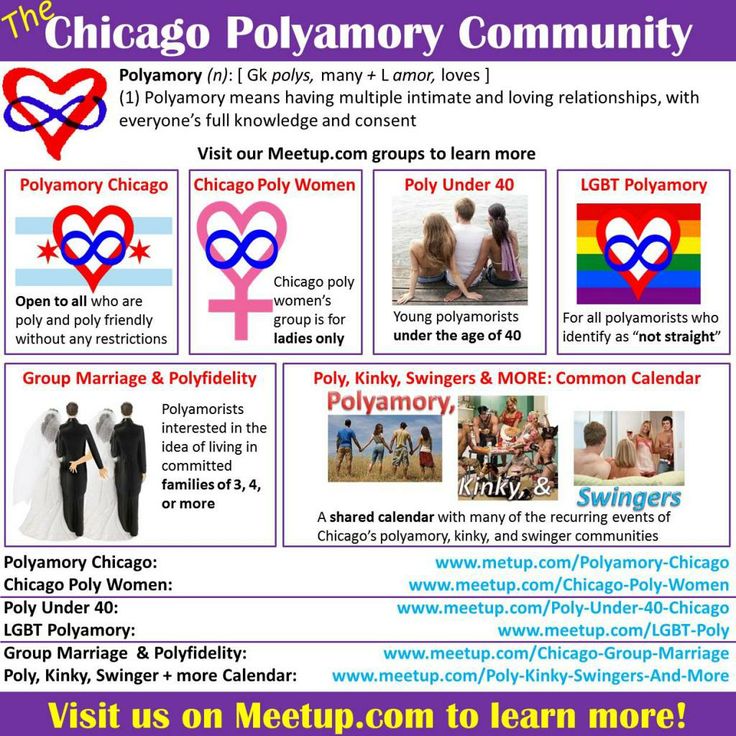 It can even improve their relationship with one another because the pressure to perform sexually is no longer there.
It can even improve their relationship with one another because the pressure to perform sexually is no longer there.
Sometimes a couple will enter a mono-poly relationship due to being in a long-distance relationship. Sometimes one partner craves intimacy that they cannot get from their partner who lives far away, and they'll pursue another relationship while the other stays monogamous.
Of course, this type of polyamorous relationship, like any relationship, only works when all parties are comfortable and work to keep the relationship strong.
Solo Polyamory
When you look at various polyamorous relationships, you'll notice that sometimes someone will have a primary partner. Someone who practices solo polyamory they're their own primary partner.
Someone who practices solo polyamory prioritizes themselves over any person they're dating. It may sound harsh, but usually, when exploring relationships, they make it known to whoever they're dating that they're interested in casual relationships.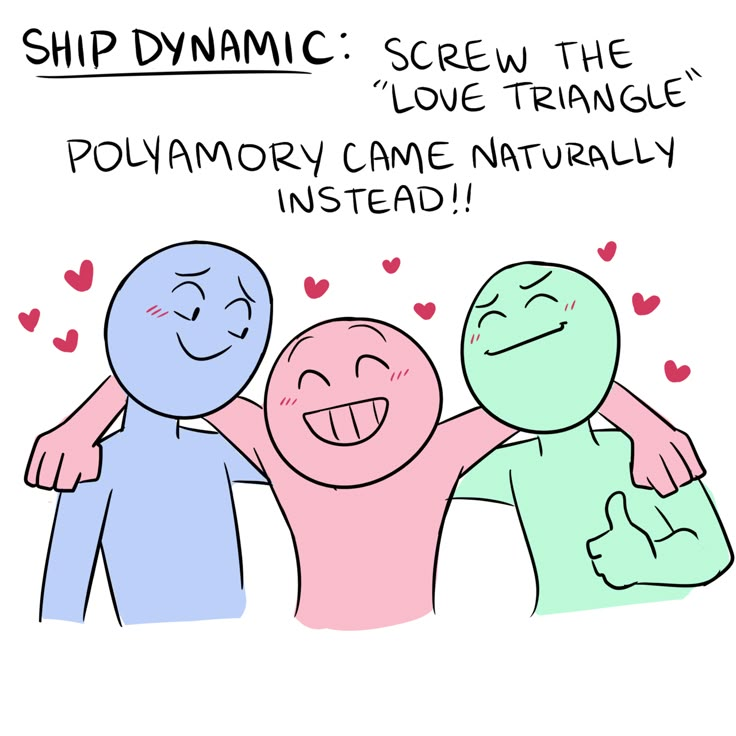
A solo polyamorous person isn't interested in searching for a primary partner. Sometimes people think of this situation as the person practicing polyamory having multiple secondary partners. Even though it's standard that they have no primary partner, this relationship type is broad.
These people aren't interested in giving up their personal time and goals to pursue something serious. They don't want someone else to have to make serious decisions such as housing, financial, and decisions regarding children if they have any.
Some people follow this lifestyle throughout their life because it works for them and they're happy. Sometimes you'll see someone practicing solo polyamory for years.
Then, when they feel content with their careers goals or meet the right person, they'll move to a monogamous relationship or a different polyamorous relationship where they have a primary partner.
Vee
When one person is in a relationship or dating two people who are not involved with each other, that's a vee polyamorous relationship. The easiest way to understand this type of polyamory is to think of the letter V.
The easiest way to understand this type of polyamory is to think of the letter V.
There are three points on the letter V. One point is connected to both, and the other two are only connected to the center point.
To give you an example, Brad is dating both Sarah and Sally. But Sarah and Sally are not dating or sexually involved with each other, only Brad.
Triad
You may have heard of a triad polyamorous relationship before. Instead of calling it a triad, many refer to this relationship as a throuple. It's similar to a vee relationship because three people are involved, but it's slightly different in dynamics.
Instead of Brad dating both Sarah and Sally independently of the other, all three of them are involved romantically or sexually. So instead of a V shape, it's now a triangle.
Unlike classic love triangles, which most people dislike, they enjoy the dynamic in this type of polyamorous relationship.
Quad
A quad relationship involves four people who are all connected. All four people who participate in a quad polyamorous relationship are dating each other. All four individuals are all romantically tied to one another.
All four people who participate in a quad polyamorous relationship are dating each other. All four individuals are all romantically tied to one another.
There are a couple of different dynamics a quad relationship can have. One dynamic could be that a triad relationship found a fourth partner to join the relationship. For example, if Brad, Sarah, and Sally brought Brian into their relationship. Instead of a triad, it's now a quad relationship.
Another typical quad polyamorous relationship is when a primary couple adds two new people to their relationship or finds another couple to date. Sometimes the couples are married and have an open marriage and sometimes they're seriously seeing each other.
When two couples engage in a quad relationship, each partner has a primary partner and secondary partners.
Hierarchical Polyamory
A hierarchical poly relationship typically has three people involved emotionally and sexually. The structure of this type of relationship consists of one primary partner and then a secondary relationship.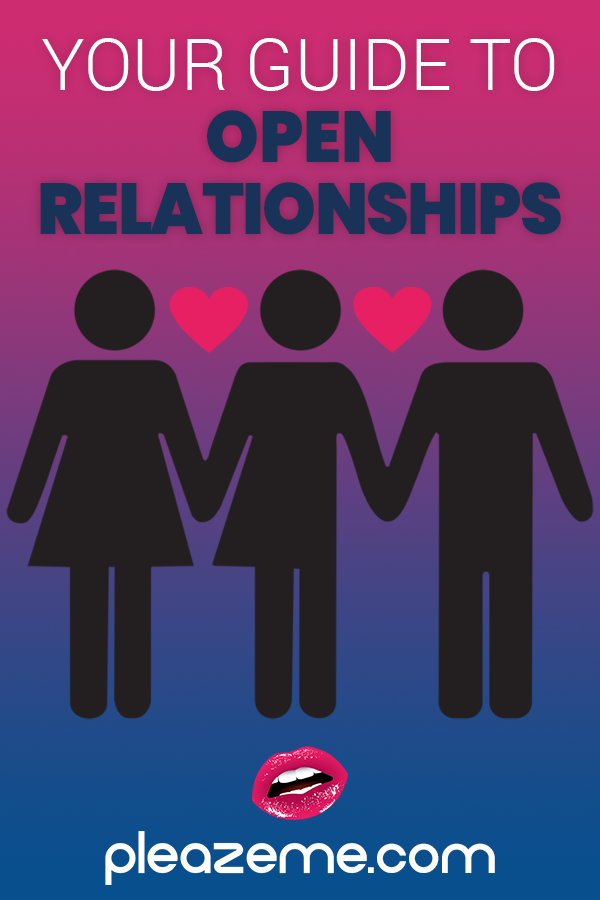
In hierarchical relationships, one relationship has more importance over other relationships in the group. Typically, two people are married or have been together long, and they work with each other on financial and vital life decisions. They prioritize each other over their additional partner.
The primary partners typically live together, share a property, and may even have children together. These two have more power in the relationship because of these reasons. The additional partner in a hierarchical relationship is sometimes called the secondary partner, tertiary partner, or non-primary.
An example of a hierarchical polyamorous relationship would be if Brad and Sarah are married, but they're both dating Sally.
Brad and Sarah will rely on each other more when it comes to important decisions regarding their life, children, and finances than they will Sally. They will still care for Sally, but they prioritize themselves over her.
Non-Hierarchical Polyamory
A non-hierarchical polyamorous relationship is the opposite of a hierarchical polyamorous relationship.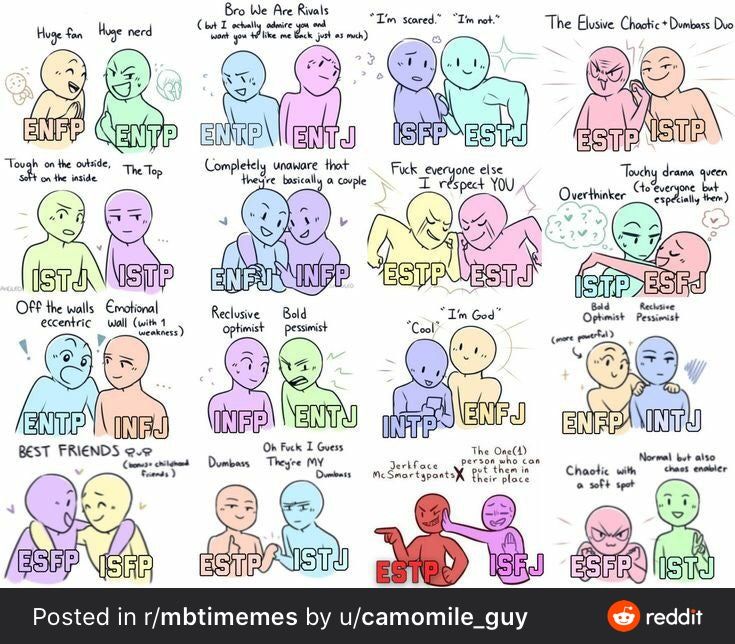 Instead of having a primary partner as you would in a hierarchical relationship, there is no primary partner.
Instead of having a primary partner as you would in a hierarchical relationship, there is no primary partner.
The three people involved in a non-hierarchical polyamorous relationship are all equally involved in major decisions. As with any relationship, everyone's relationship with each person will be unique, but not one relationship is more important than another.
An example of a non-hierarchical polyamorous relationship will be if Brad, Sarah, and Sally are all dating. But instead of two people making the most important decisions, all three partners focus on meeting the needs of everyone.
Even if Brad and Sarah have been together for five years and Sally came into the relationship a year ago, she is still considered just as important as the five-year relationship.
Kitchen Table Polyamory
A kitchen table polyamorous relationship puts a lot of emphasis on everyone being a family unit. Everyone involved in the relationship is emotionally connected, even if they're not all romantically involved.
Everyone who is involved in a kitchen table type of relationship will gather together for family events. Being comfortable gathering for meals and other events is where this type of relationship got its name. This type of relationship allows everyone involved to give family support to whoever else is also in the group.
To better understand a kitchen table polyamorous relationship, you can think of our people from previous examples. Brad could be romantically involved with Sarah and Sally while Sarah and Sally aren't dating each other. Sarah and Sally don't have any interest in pursuing a romantic or sexual relationship with each other.
While they aren't dating each other, they still have an emotional relationship. Sarah and Sally's emotional connection means they will hang out with each other to provide any support they need throughout their lives. The three will have regular meals together and participate in activities.
If Sarah and Sally weren't interested in being emotionally involved with one another and just with Brad, this would change the relationship type to parallel polyamory.
Both Sarah and Sally are fully aware of the relationship Brad has with both of them, but that family unit is lost, and they all live lives independently. They won't gather for joint events or provide any emotional support to each other.
Relationship Anarchy
Relationship anarchy is not an official type of polyamorous relationship. Still, you may hear this term floating around when speaking about the world of polyamory or when doing research into the lifestyle.
Relationship anarchy is a philosophy within the polyamorous community. Essentially relationship anarchy is when every person in a polyamorous relationship can engage in any relationships they choose. They can do this without feeling obligated to discuss it with their partner or partners beforehand.
This term also means they can engage in relationships without the fear of labels or feeling like they have to put a label on anything.
The core idea behind relationship anarchy is that each individual has the freedom to do what they please. There's often no distinction between non-partners and partners.
There's often no distinction between non-partners and partners.
Final Thoughts
Polyamory isn't black and white. Several dynamics can be working together in a polyamorous relationship. If you've stumbled into a polyamorous relationship, are interested in pursuing one, or are just curious, there's a lot of variety.
From one person staying monogamous and dating a polyamorous person to an entire polyamorous family unit, different types of polyamorous relationships will work differently for everyone.
Feeling comfortable with your partner or partners and ensuring the dynamics continue to work for you and everyone will lead to a happy polyamorous relationship.
Call us today for a free fifteen-minute phone consultation.
Polyamory: answers to the main questions about non-monogamous love
August 12, 2020 Relationship
Polyamory does not mean promiscuity at all - everything is much more complicated.
What is polyamory
There are different definitions for this term, but in general it can be described as follows.
Polyamory is being interested in or being in an intimate relationship (emotional and/or sexual) with more than one person, provided that you agree, be open and aware of it. nine0003
Have you ever been in love with two people at the same time and couldn't choose one? If yes, then you understand what I'm talking about.
What is the difference between polyamory and cheating
First, that all the people involved in such relationships consciously agree to them. No one violates agreements, lies or hides.
Healthy polyamorous relationships are usually characterized by mutual respect and openness between participants.
At the same time, partners can establish certain boundaries and enter into agreements. Their violation will harm the relationship in the same way as deceit in a monogamous union. nine0003
What are polyamorous relationships? By analogy with V, there may be forms N and W - the spelling of letters, as it were, hints at the number of partners, although interpretations sometimes differ.
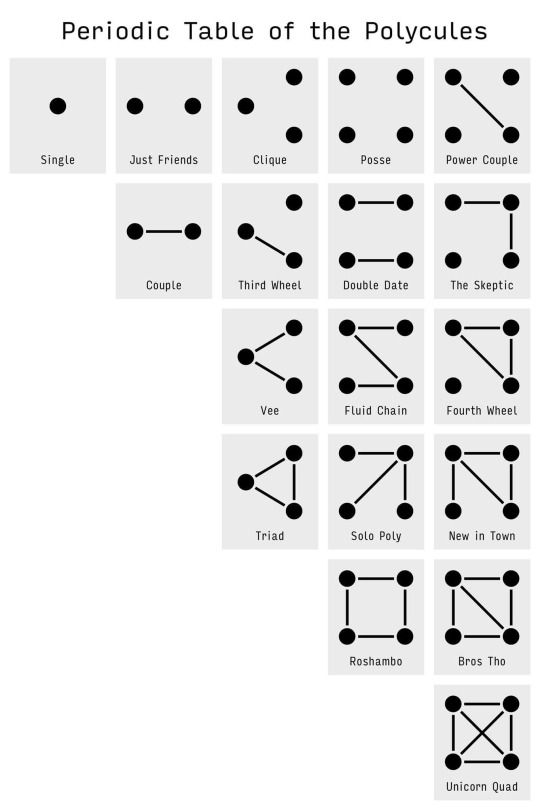 nine0032
nine0032 Of course, all classifications are conditional: people themselves set the rules and format of their relationships. The main thing is that the conversation about this still takes place. Until you discuss with your partner exactly what kind of relationship you are in, you cannot be completely sure of them.
But what about jealousy?
One of the myths about polyamory is that there is no jealousy in such relationships. Of course, it occurs, although not for everyone and not always.
For example, one of the partners may be jealous, fearing that a new person will overshadow him and because of this, the old feelings will fade away. In such a situation, the main thing is not to start setting new rules, but to deal with jealousy, understand its causes and find a way to correct the situation. nine0003
If jealousy and frustration are persistent, this may mean that an open relationship is not suitable for a person, at least at this stage of life. Although the cause may be psychological problems.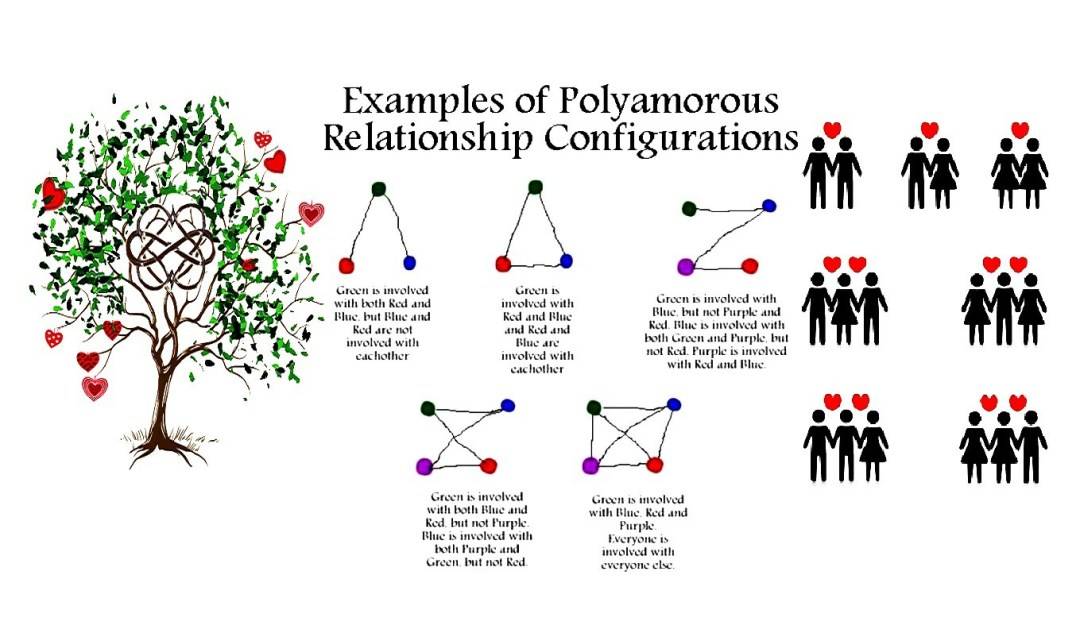
In any case, jealousy is a feeling common to many people. And if it appears, there is no need to be afraid of it - you need to explore it.
How to know if polyamory is right for you
There are many reasons why people are attracted to open relationships. Here is some of them. nine0003
- The person has deep feelings or passion for several people at the same time and wants to freely express these feelings.
- The person allows relationships to develop naturally, without limiting them to too strict limits.
- Having several partners is as normal for a person as close friendship with several people.
- A person seeks to experience different types of romantic and sexual relationships and realizes that one partner cannot satisfy all his desires. nine0032
- The person wants to expand the existing relationship, but does not want to deceive the partner.
- A person just thinks "That's cool!" when they first hear about polyamory.

If you've read this far and think everything that's been written suits you, great - go for it! If you don’t know how to relate to what you read, that’s fine too. It is absolutely normal to feel insecure and even fearful, thinking about polyamory as a new turn in your life - after all, this turn is quite sharp. Think, weigh everything, take your time: there are a huge number of stops on the way from "hard monogamy" to "anything". nine0003
If you are sure that polyamory is definitely not for you, then that's fine. The main thing is to convey to the partner that you agree only to an exclusive relationship.
Finally, if you realize that you are polyamorous, but are in a monogamous union, again, the best way out is to talk with your partner. Explain to him that you cannot be happy in a closed relationship, and let him know that the reason is only in you, and not in him.
Last but not least, don't compare. Being monogamous does not mean being jealous and withdrawn, and being polyamorous does not mean being more open, enlightened or free.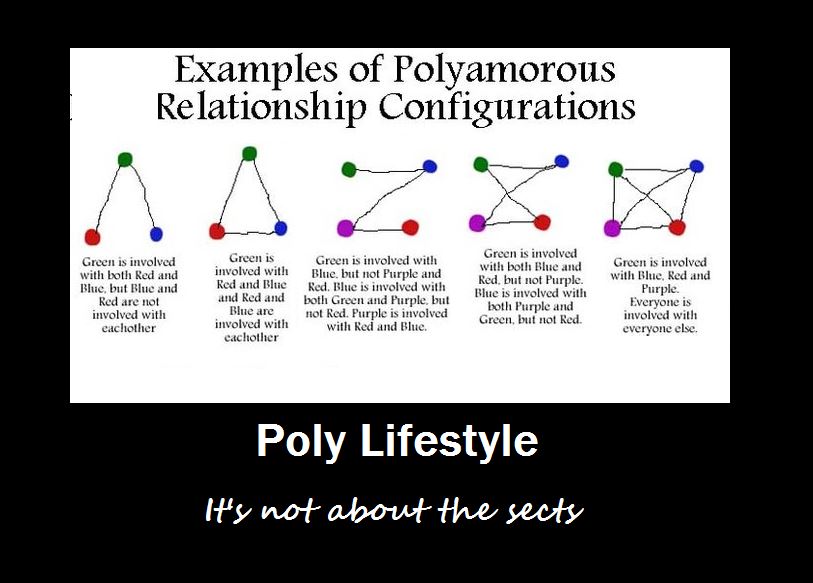 These are simply relationship formats that may or may not be acceptable in each specific case. The choice is always yours. nine0003
These are simply relationship formats that may or may not be acceptable in each specific case. The choice is always yours. nine0003
Read also 💜
- 5 types of relationships for those who are not suitable for monogamy0029 Aromantic and Digital: 10 sexual orientations you didn't know about
everything you need to know
📖 Content:
- 🤩 What is a poly relationship?
- 💜 Rules for a Poly Relationship
- 💛 How to Start a Poly Relationship
- 💚 Bonus: What is a Monopoly Relationship? nine0032
Romantic love has always been seen as irrevocable and unconditional love between two people. But what if you are in love with two different people at the same time? Does this mean that one of these feelings/relationships is not love?
In the new world of the liberated, expressionists, modernists and idealists, there are many new rules that break the old ones. Monogamy is no longer the only option when it comes to relationships.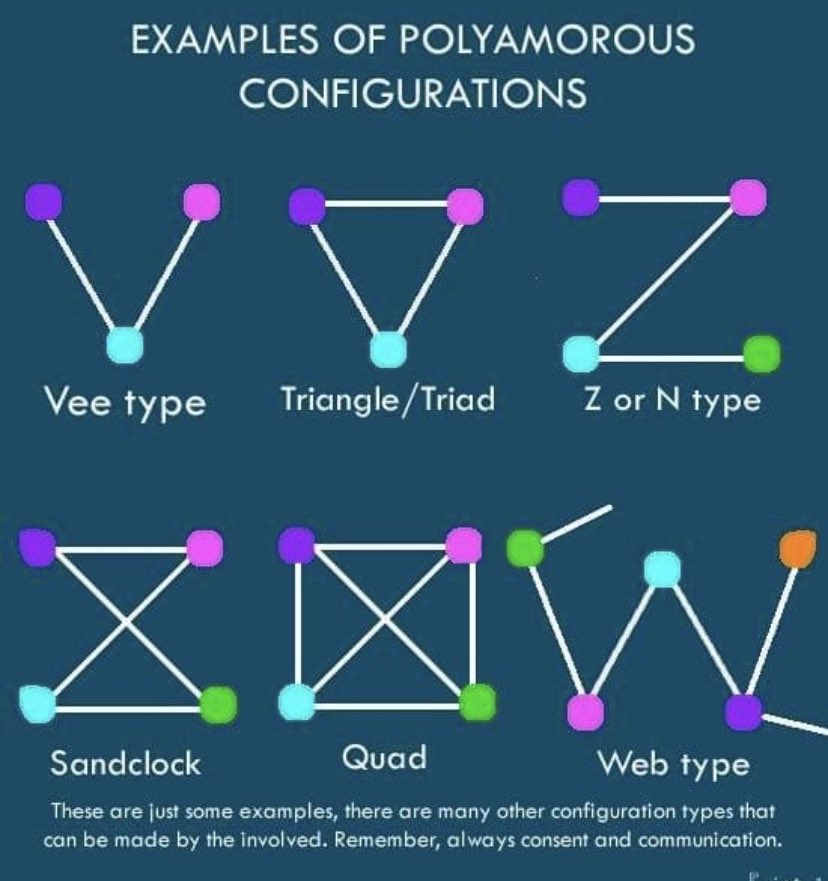 This new world has given rise to a whole new type of relationship - polyamory. nine0003
This new world has given rise to a whole new type of relationship - polyamory. nine0003
Polyamorous relationships are commonly confused with open relationships. In fact, polyamory is a type of open relationship, but you have to be more familiar with them to know which is which. Want to learn more about open relationships? Follow the link!
Quiz:
How many people are in love with me?
This quiz will finally reveal how many people are in love with you! What are you waiting for?
Start the quiz
What is a poly relationship?
Poly relationships are made up of people who have several lovers. In this type of relationship, you will have several intimate intimate relationships at the same time with different people. This is a non-monogamous relationship that has its own rules and guidelines that must be followed in order to succeed. However, you must remember that every relationship is unique and there is nothing set in stone for any relationship.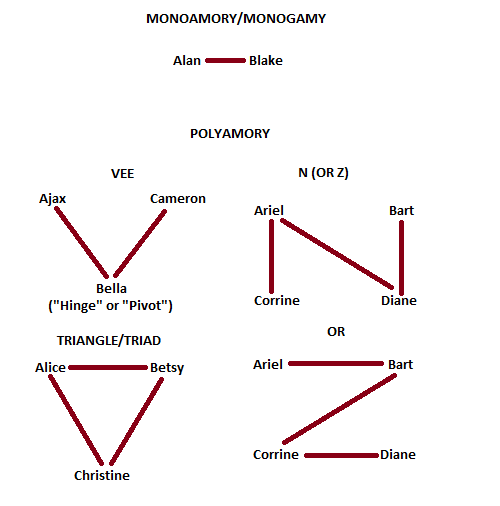 nine0003
nine0003
The only specific description of a poly relationship is that it involves multiple lovers. It doesn't always have to be serious lovers or just lovers. As long as you have more than one partner outside of each other, and both of you agree with it and are aware of it, that's Polyamory.
Types of poly relationships
Like any other type of relationship, polyamory has many subtypes. Try to figure out which one best defines yours. You need to distinguish one from the other in order to better set boundaries and guidelines for your relationship. nine0003
1. Solo-polyamory
The first type of polyamory is associated with lovers who do not have a primary relationship / original relationship, but who openly date several people at the same time. Participants of this type are mostly on their own in their personal and private lives. Ordinary solo polyamory is more random than the following relationship types.
2. Polyfidality
The second type defines a group of three or more lovers who are committed to each other and do not meet outside the group.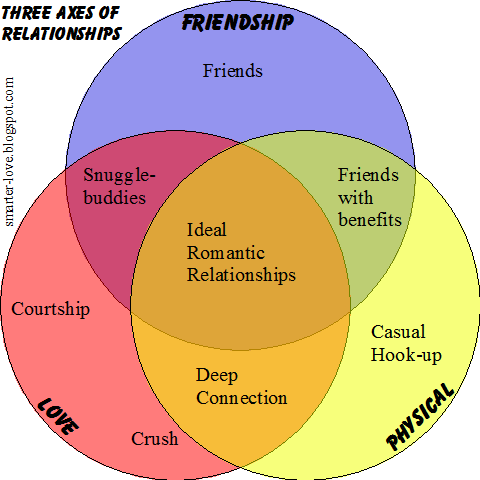 This means that they are officially dating each other and are faithful to each other. nine0003
This means that they are officially dating each other and are faithful to each other. nine0003
N e w !
Play
3. Hierarchical polyamory
This type includes people who have primary relationships to which they are most loyal and devoted, but they also have secondary and higher relationships with other people who receive less time and attention. In hierarchical polyamory, the main lover usually has more power over important relationship decisions.
4. Non-hierarchical polyamory
This type of polyamory is directly opposite to the previous one. All lovers are given the same amount of time and attention. There is no partner more important than others. This is also called egalitarian polyamory or relationship anarchy. nine0003
Rules for Polyamorous Relationships
Maintaining a healthy polyamorous relationship is no easy feat. Imagine that you share your partners with other people and are forced to always compromise? Well, this is just the beginning as you delve deeper into your relationship with each other.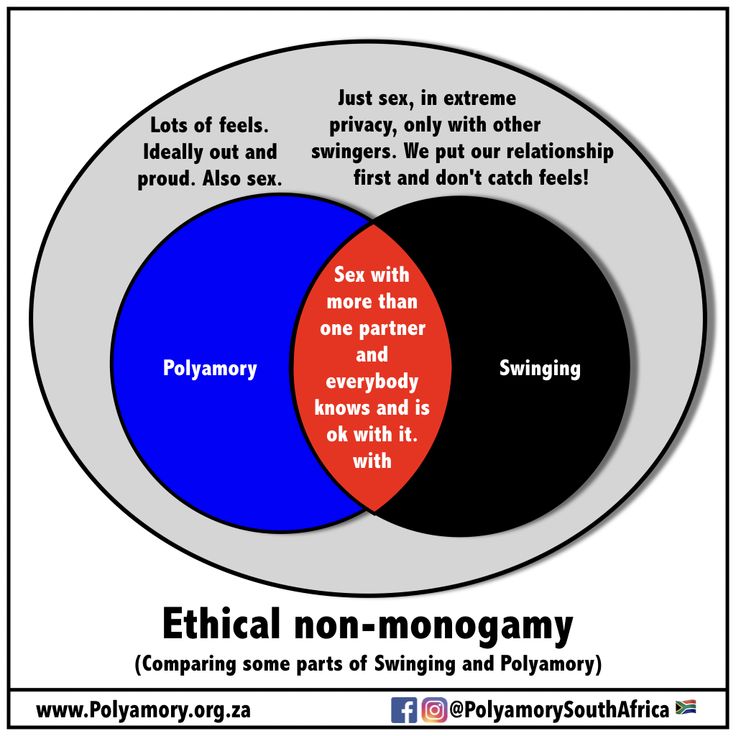 Only the bravest and strongest prevail!
Only the bravest and strongest prevail!
Here are a few guaranteed and proven rules that you need to establish with each other to help you overcome the difficulties associated with polyamorous relationships. It's important to be mature enough to follow and follow these rules. :
🤓 We offer you: 20 funny compliments that will brighten up any day
1. Decide what you want to share.
As mentioned earlier, each polyamory is unique. You can compromise on how much time you spend with other partners, what and what not to do (in terms of sex) with your lovers, and you can even agree if you feel uncomfortable if some of your lovers visit your house (especially if you are married and already have children!). nine0003
2. Make time for just the two of you.
This is true for those types of polyamory who have main partners. It is important to prioritize correctly. Quality time is important for strengthening your relationship with each other above all else.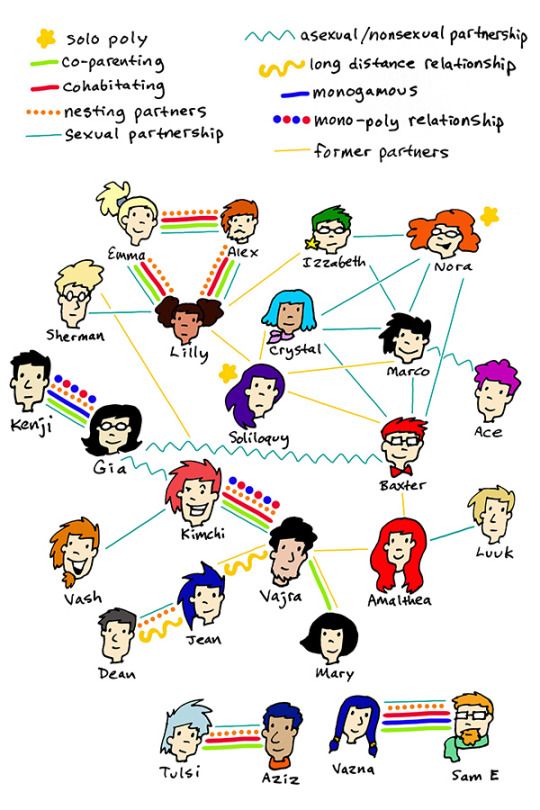
3. Set some boundaries.
With multiple lovers, your schedule and priorities can get a little confusing at times. It is important to sit with your partners and discuss what is acceptable for each of them.
4. Respect your partner's lovers.
Jealousy is a bitch. You won't know what you're feeling or experiencing until you feel it. You're only human, so it's okay to feel, but also remember that your partner's other lovers are human just like you. They also deserve your respect.
👉 We offer you: How well do you know me? Friendship test questions
5. Make sure your expectations are realistic.
It may seem like an absolute sexual fantasy to have the freedom to have multiple relationships, but make sure each relationship has its pros and cons, especially with polyamory. nine0003
6. Prioritize communication.
Communication plays a key role in all types of relationships, whether it is monogamy or polygamy. You should always have clear and open lines of communication with your partners for this to work in the short and long term.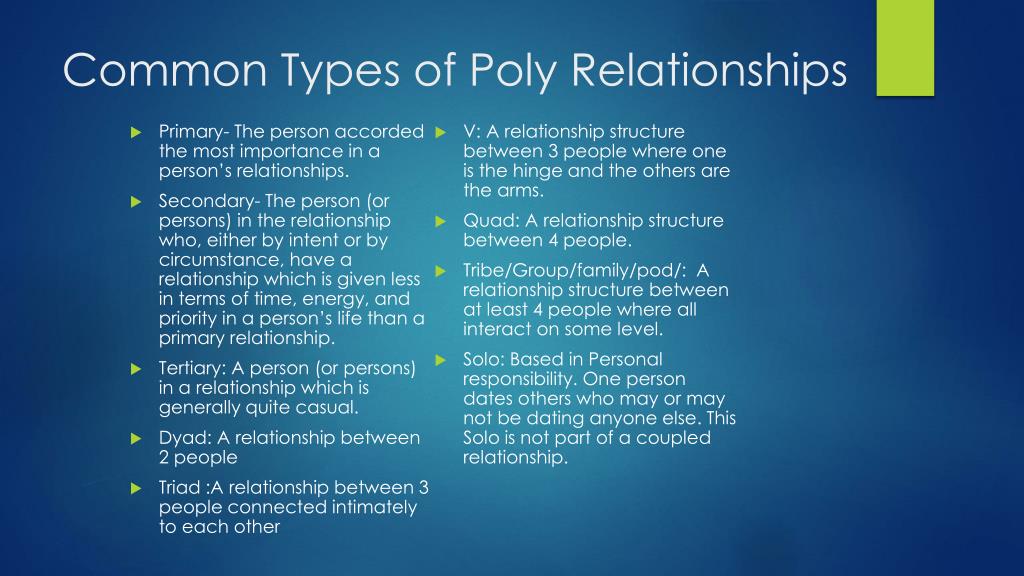
7. Cher is the time for yourself.
Since several partners covet your presence and take up most of your time, you will need to put in more effort to take good care of yourself and understand what you want and need for yourself. nine0003
8. Consider your motives and.
Why do you have such a relationship? Is this what you really want for yourself and for your partner? You need to think long and hard about things like this to help you set the rules and boundaries for your polyamorous relationship.
In addition to polyamory, another type of relationship that appears to be more common, but no less difficult, is the so-called LDR or long distance relationship. Do you want to know more about them? Follow this link to learn more long distance relationships! nine0003
How to Start a Poly Relationship
Starting any type of relationship can be very challenging, as you will be adjusting to a whole new life with another person, but you will still be yourself.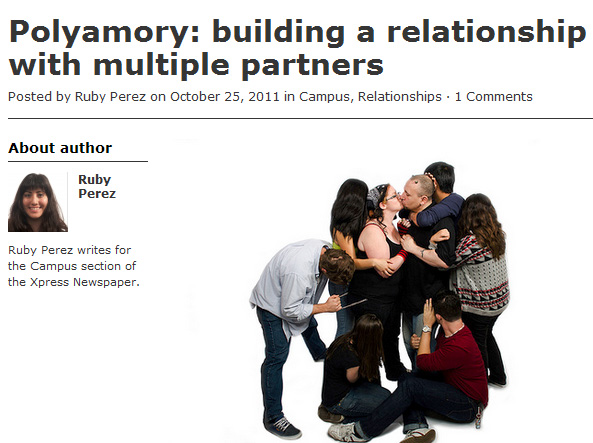 If you want to learn more about starting a new relationship, please follow this link: Start a New Relationship!
If you want to learn more about starting a new relationship, please follow this link: Start a New Relationship!
If you think starting a relationship is difficult, try starting a poly relationship with someone or your current monogamous partner. It will be very difficult to even ask for permission or open up an idea, but if you want it and think it will bring you both goodness and excitement in your relationship, go for it! nine0003
Here are steps you can take to carefully present your partner with a controversial and sensitive topic and proposal:
1. Introduce your partner to the idea of polyamory in private.
Do this when you are at home or on one of your dates. Find the perfect moment, or just do it when you feel confident enough and ready.
2. Discuss together your plan for setting guidelines and rules.
To make them feel safe and heard, reassure them that you are both involved in this together and that you both have a say in what happens.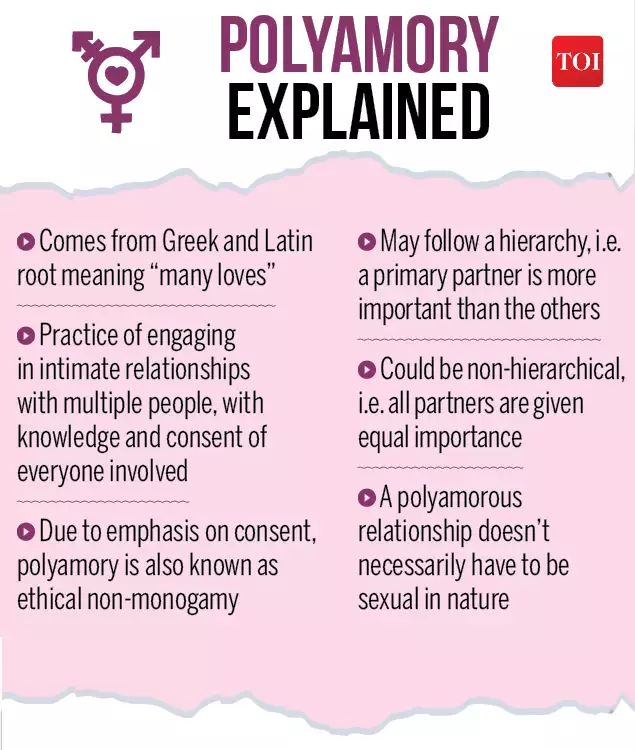 nine0003
nine0003
3. Give your partner time to think about it.
Give your partner space and time to really decide if he wants it or not. Take your time with anything if at least one of you is not ready.
4. If your partner says no, accept it and discuss your options.
If your partner doesn't agree, it's not the end of the world. You still support each other and there is a lot you can do to spice up your relationship. If your partner says yes, move on to the next step. nine0003
5. Reassure your partner that you will be open with other people you meet.
If your partner agrees with your proposal, it's best to be honest about each other's lovers. This will greatly increase transparency and build trust in your relationship.
6. Try a don't ask, don't tell policy.
On the other hand, you can try to support each other on a need-to-know basis in your relationship to make things easier. What your other partners don't need to know and don't know won't hurt them.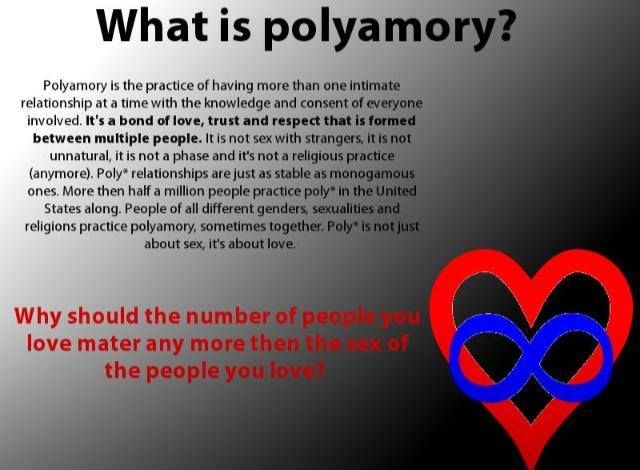 nine0003
nine0003
7. Discuss how you are going to tell the public about your polyamorous/polygamous status.
At some point other people will need to know about your status. Name it, your friends and family will need to know. You need to prepare for this, because the world is not as progressive as you think. Some people are still stuck in the traditional world where only monogamy exists.
8. Decide what type of polygamy you will have.
You already know that there are different types of poly relationships. You have to agree on which one you are going to go with and be very specific and clear about it. nine0003
Bonus: what is a monopoly relationship?
A relationship monopoly, as the name defines it, is a relationship in which one party is polyamorous and the other is identified as monogamous. This means that the poly partner is currently dating more than just one person and is given the freedom to do so from the other side of the main relationship; while the monogamous partner is only interested in their primary relationship and committed to their polyamorous partner.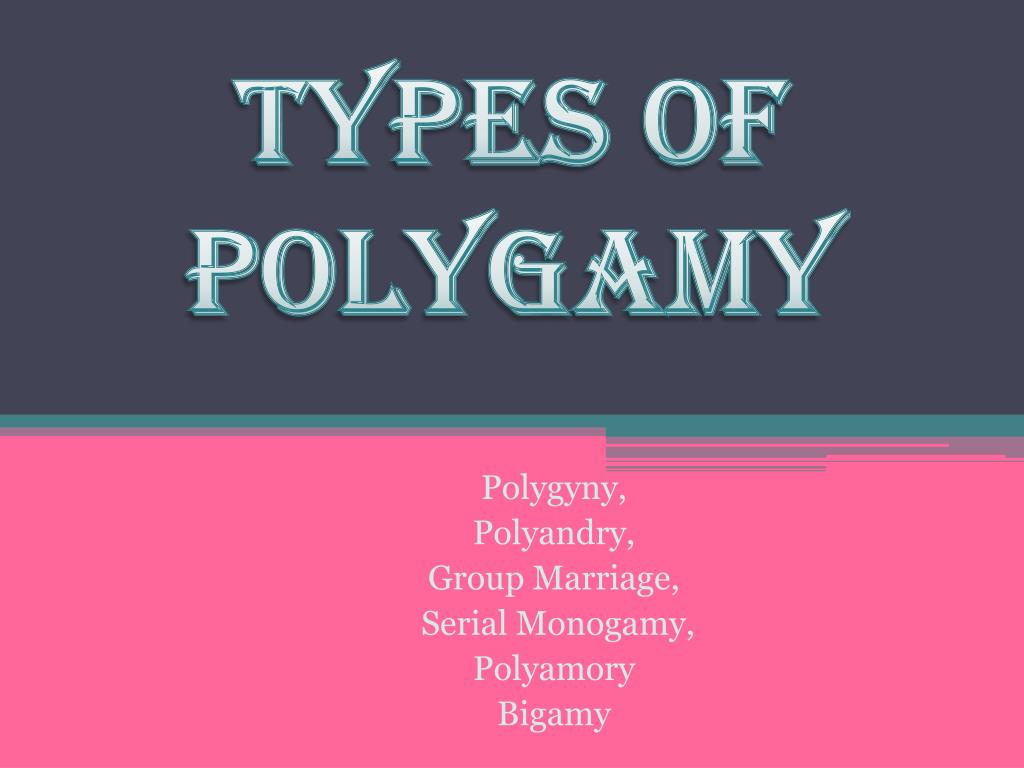 nine0003
nine0003
Council of Monopolies
Hard enough for you? Well, monopoly relationships do exist, and in order to survive in any relationship, you must take care of them. Follow this link to learn more about how you can maintain a Healthy Relationship!
When it comes to coping with this unique type of polygamous relationship, try these three tips that are guaranteed to help you in the long run:
- Make sure you set clear boundaries and expectations for each other.
- Being transparent and honest with your partners about what you are comfortable doing and what you are comfortable in your relationship is key to their survival.
- Know your partners. Each person has their own personality and their own set of needs. What one partner wants and needs in your relationship may be completely different from what the other partner wants and needs.
That's it! If you think you've reached the level of maturity and open-mindedness that a poly relationship needs to survive, seize the moment! Just know what you really need and what you want from it.